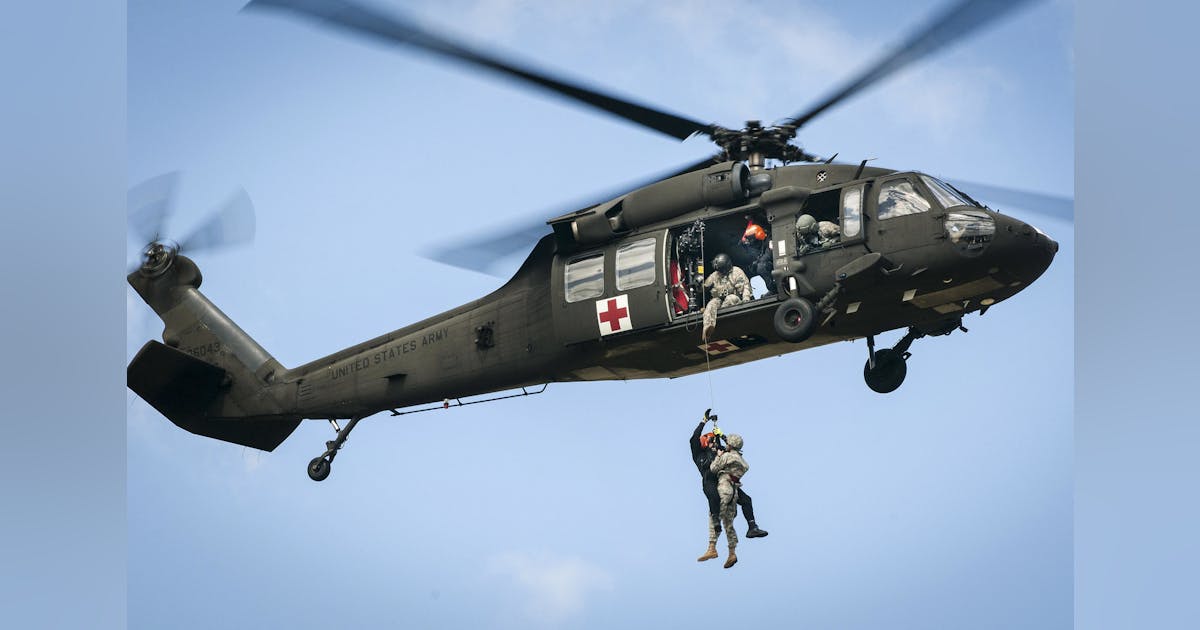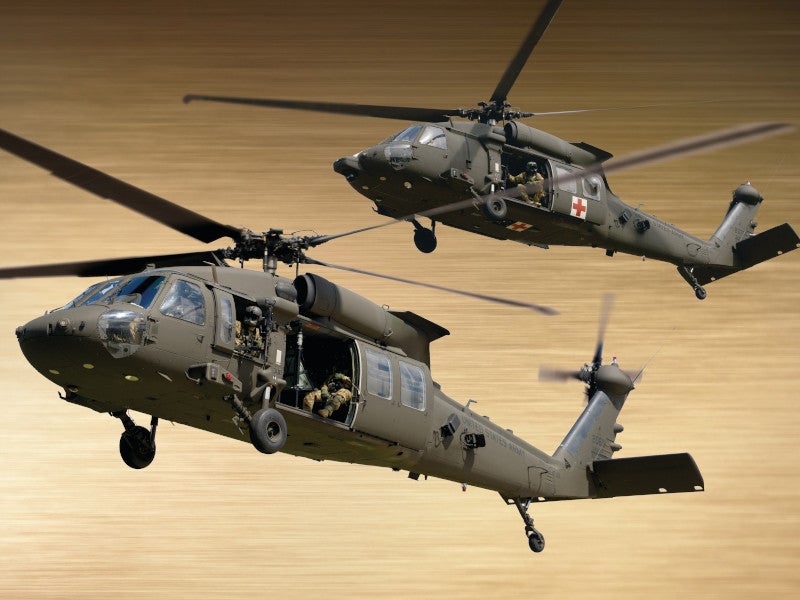A Comprehensive Guide to the Upkeep and Treatment of Airplane for Longevity
The longevity of an airplane hinges significantly on its maintenance and care, necessitating an organized technique to guarantee ideal efficiency and safety. Recognizing the complexities of these techniques can be complicated; therefore, it is essential to discover the crucial elements that add to effective aircraft care and the effects of neglecting these responsibilities.
Value of Regular Upkeep
Regular maintenance is essential for the security, effectiveness, and durability of aircraft. A methodical technique to maintenance makes sure that all parts function efficiently, thereby lowering the danger of mechanical failure during procedure. Routine examinations and maintenance permit professionals to identify prospective concerns prior to they escalate right into considerable problems, guaranteeing that the airplane stays in compliance with air travel regulations.
Moreover, keeping an airplane according to the maker's standards is crucial for preserving its worth. A well-documented upkeep history can enhance resale leads and impart confidence in prospective purchasers. In addition, regular maintenance adds to functional effectiveness, as it assists to maximize fuel intake and efficiency metrics, bring about cost financial savings with time.
Additionally, normal upkeep adds to the total security of flight procedures (uh 60). By resolving wear and tear without delay, operators can minimize dangers related to aging aircraft systems. This aggressive method not just protects the lives of guests and staff but likewise safeguards the airplane itself versus catastrophic failings

Daily Examination List
How can pilots and maintenance staffs ensure the airplane is in ideal condition prior to each flight? The solution depends on a comprehensive everyday examination checklist, which functions as a vital protocol to identify prospective issues that can compromise security and efficiency. This list should incorporate a number of key locations, consisting of outside and indoor inspections, in addition to functional checks of important systems.
Beginning with the outside, teams must examine the airframe for any noticeable damage, leakages, or indications of rust. Focus needs to be paid to manage surface areas, touchdown gear, and the problem of tires. Relocating to the interior, the crew should verify that all controls and instruments are operational, making certain that electronic systems are operating properly.

In enhancement to structural checks, it is important to inspect fuel levels and validate that all called for papers, consisting of registration and weight and balance details, depend on date. Ultimately, a testimonial of emergency situation tools, including life vests and fire extinguishers, must be conducted to make certain compliance with security regulations. By diligently following this daily assessment list, pilots and upkeep teams can substantially improve the safety and reliability of their airplane.
Scheduled Maintenance Programs
Arranged maintenance programs are crucial for the long-term security and effectiveness of aircraft operations. These programs are developed to make certain that all airplane parts undertake normal inspections, maintenance, and required repairs at fixed periods. By adhering to a structured upkeep routine, drivers can dramatically lower the risk of in-flight failures, improve aircraft integrity, and expand the lifespan of redirected here crucial parts.
Commonly, set up upkeep is categorized right into numerous degrees, consisting of A, D, b, and c checks, each with distinctive needs and thoroughness. A checks are generally more constant and concentrate on standard small fixings and visual assessments, while D checks are much more comprehensive and occur much less regularly, including considerable disassembly and overhaul of the airplane.
Regulatory bodies, such as the FAA and EASA, mandate conformity with particular maintenance routines based upon airplane type and usage. Operators has to keep careful documents of all upkeep executed to show conformity and assist in inspections. The integration of predictive upkeep innovations can additionally view publisher site improve the effectiveness of scheduled programs by recognizing possible problems prior to they escalate, thereby making sure that airplane continue to be in optimum problem and all set for secure operations.
Take Care Of Aircraft Interiors
Taking care of airplane insides is important not just for passenger comfort however also for keeping the total value and safety of the aircraft. Normal cleaning and maintenance of the indoor parts add substantially to a favorable flying experience while maintaining the aircraft's aesthetic appeal.
To make certain ideal treatment, it is necessary to establish a routine cleaning schedule that includes vacuuming rugs, cleaning down surfaces, and sterilizing high-touch areas. Furniture and seating should be inspected for damage, with any type of damage immediately dealt with to protect against additional damage. In addition, interest must be provided to the galley and lavatory areas, which require comprehensive cleaning and restocking of supplies to preserve health.
Additionally, using proper cleaning representatives is crucial; severe chemicals can damage finishes and products, so it is recommended to utilize items particularly developed for aircraft interiors. Normal assessments must additionally be conducted to identify any type of maintenance requires, such as replacing worn-out seat have a peek at this site covers or repairing home window shades. By focusing on the treatment of airplane interiors, operators can improve the general traveler experience and protect the investment in their aircraft.
Understanding Regulatory Compliance
Regulative compliance is a necessary facet of airplane upkeep, commonly calling for operators to comply with an intricate framework of regional, national, and international standards. This structure is mainly developed by air travel regulatory bodies such as the Federal Aeronautics Management (FAA) in the United States and the European Union Aeronautics Security Agency (EASA) in Europe - uh 60. These companies state laws that govern different elements of airplane maintenance, including airworthiness, security protocols, and functional procedures

Moreover, drivers should remain educated regarding adjustments in laws and take part in training programs to make sure that their personnel is well-informed about compliance needs. Failing to follow these laws can lead to severe charges, including fines, grounding of airplane, or loss of qualification. Understanding and sticking to regulatory conformity is critical for the longevity and safety of airplane operations.
Conclusion
In conclusion, the upkeep and treatment of aircraft are vital for ensuring longevity, safety, and functional performance. Interest to the airplane's inside and compliance with regulative criteria substantially contribute to protecting its worth.
The durability of an aircraft hinges substantially on its maintenance and treatment, requiring an organized approach to make sure optimal performance and security. By vigilantly following this everyday assessment checklist, pilots and maintenance crews can dramatically improve the security and dependability of their aircraft.
These programs are made to make certain that all airplane parts go through routine examinations, maintenance, and required repairs at predetermined periods. By focusing on the treatment of aircraft insides, drivers can improve the overall guest experience and protect the financial investment in their airplane.
In final thought, the maintenance and care of airplane are paramount for making certain durability, security, and functional performance.